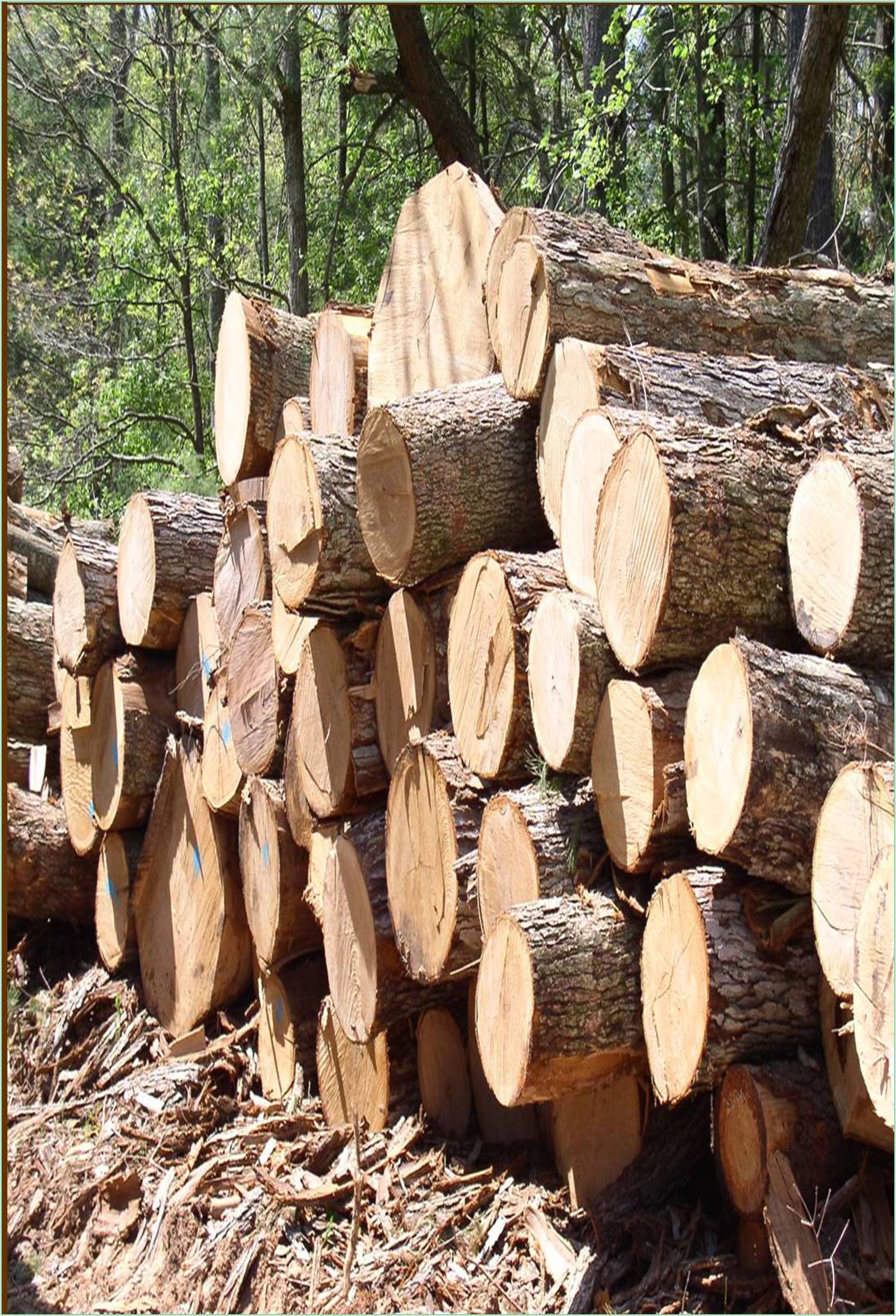



Received: 29-Nov-2022, Manuscript No. GJWSFW-22-83613; Editor assigned: 02-Dec-2022, Pre QC No. GJWSFW-22-83613(PQ); Reviewed: 16-Dec-2022, QC No. GJWSFW-22-83613; Revised: 23-Dec-2022, Manuscript No. GJWSFW-22-83613(R); Published: 31-Dec-2022, DOI: 10.15651/2449-1780.22.11.015
The term "forest biological diversity" mainly refers to all living organisms present in forested environments as well as the ecological functions they sustain. As a consequence, the diversity of plants, animals, and microorganisms that live in forests as well as the genetic diversity that goes along with them are all included in the concept of forest biological diversity. The ecosystem, landscapes, species, populations, and genetics are just a few of the numerous levels at which the biological variety of forests can be examined. These tiers are capable of complex interactions both within and between them. This complexity helps organisms to adjust to frequently changing environmental conditions and to maintain ecosystem functioning in biologically different forests. Forests are one of the most biologically rich terrestrial systems. The great majority of the terrestrial species in the world are found in tropical, temperate, and northern forests, which together provide a variety of habitats for them. Additionally, a web of other social economic aspects is interconnected with forest biodiversity, providing a variety of goods and services from genetic resources to mitigating climate change to timber and nontimber forest resources. At the same time, forests provide livelihoods for people worldwide and play important economic, social, and cultural roles in the lives of many indigenous communities. Therefore, forests and forest biological diversity are innately linked to ecosystem and human well-being. The production of timber was once thought to be the main purpose of forests. However, in recent years, this viewpoint has changed to reflect a more balanced and multifunctional perspective. More and more people are realising the importance of other forest functions and services, including recreation, health and well-being, biological diversity, maintenance of ecosystem services, and the mitigation of climate change, as essential elements of sustainable forest management.
About 45% of the original forest cover on Earth has gone in the previous 8000 years; the majority of it has been destroyed during the last century. According to a recent estimate by the Food and Agriculture Organization of the United Nations (FAO), the world loses roughly 13 million hectares of forest each year due to deforestation. Between 2000 and 2005, there was an average net loss of 7.3 million hectares of forest, or 0.18 percent of the world's forests. Deforestation, fragmentation, and degradation are all caused by a variety of direct and indirect causes. However, human-made influences are the most significant ones contributing to the reduction in forest biological diversity. Forest biological diversity is being negatively impacted by a number of factors, including overgrazing, unrestricted shifting cultivation, unsustainable forest management, the introduction of invasive alien plant and animal species, infrastructure development (such as road construction, hydroelectric development, urban sprawl), mining and oil exploitation, anthropogenic forest fires, pollution, and climate change. Additionally, biological variety is being lost when forests are destroyed. Because of this degradation, forest ecosystems are less able to adapt to shifting environmental conditions and are less resistant. The region approximately 50 times the size of Luxembourg or 180 times the size of Singapore is lost to deforestation every year, or 13 million hectares (FAO, 2007). The loss of biodiversity is largely due to tropical deforestation. A significant contributor to climate change, it also causes the release of carbon dioxide (along with tiny amounts of carbon monoxide and methane). According to the Intergovernmental Panel on Climate Change (IPCC), 5.8 gigatons of carbon dioxide were emitted annually by deforestation in the 1990s, or roughly 20% of all greenhouse gas emissions worldwide. Deforestation reduction and/or prevention are thus a key strategy for decreasing the effects of climate change.